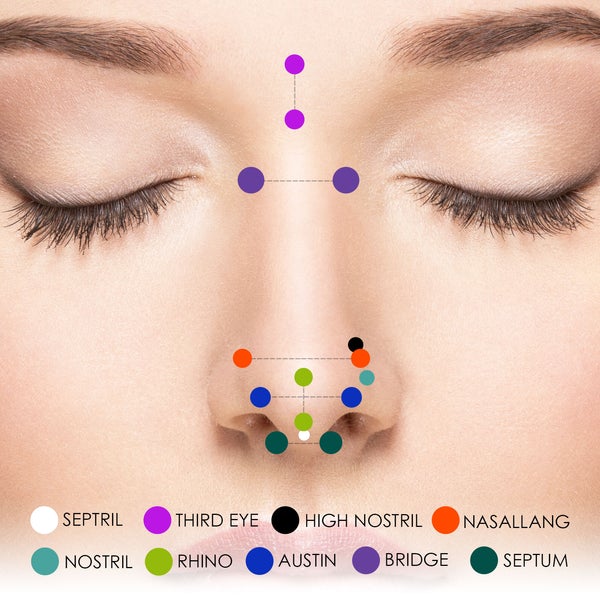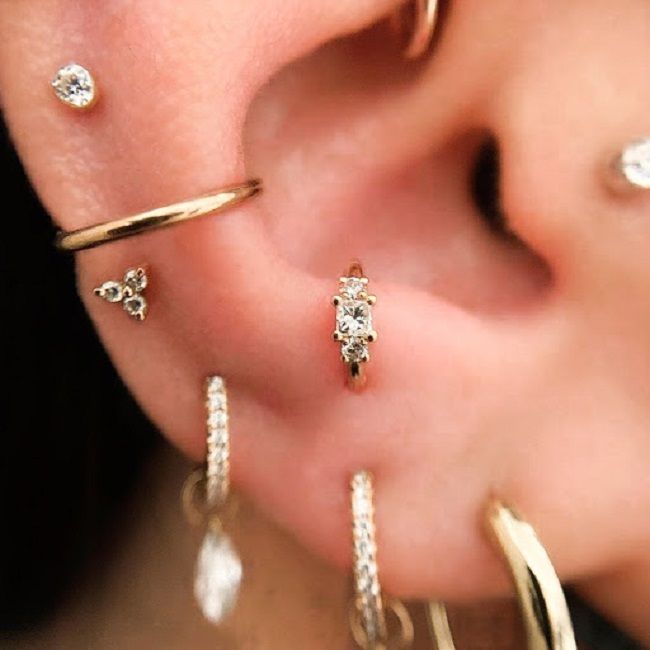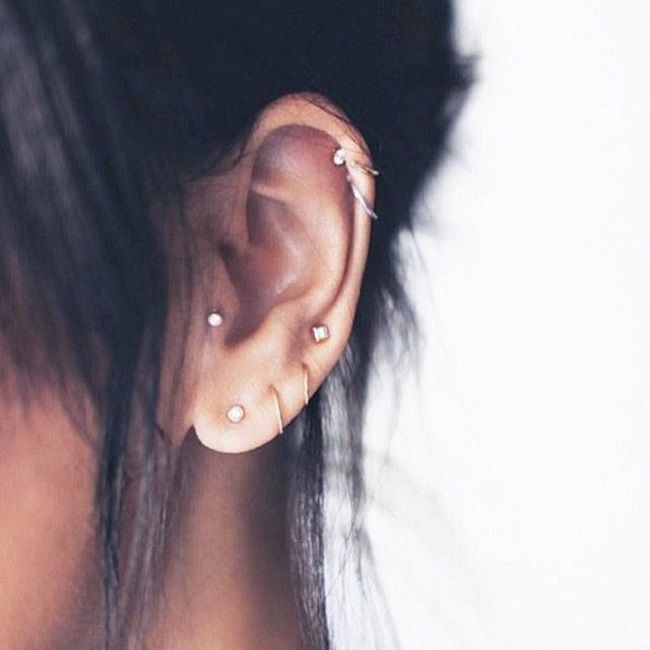Ear Piercing Techniques That You Should Know About: Needle vs Gun
As the earlobe is a fleshy, soft part of the body without any cartilage, the Sterilear System will only be suitable for ear lobe piercings. Unless otherwise noted, all other body and ear piercings must be performed with a single-use piercing needle. If you prefer this method of body piercing, you can also pierce your earlobe with a needle.
As this method of ear piercing is quick, effective, and can be done with double operators, the Sterilear System constitutes the best option for piercing earlobes in children and babies.
Body piercers are highly criticized for using guns as piercing tools because they are dangerous. Comparatively to techniques used by professional piercers, using older designs of piercing guns may carry a greater risk of disease transmission. With the advent of more modern designs, self-contained disposable cartridges have addressed this problem in reusable piercing guns. Using these new designs, every part of the gun that would come in contact with the customer’s body is made from medical-grade plastic, which is sterilized at the time of manufacture and stored in sealed packaging that is only opened just before use in a manner similar to how needles used in body piercing establishments are handled. Unlike earlier models of the same type of device, this type doesn’t create a risk of disease transmission. It is still important to address the issue of blunt force trauma to the skin and underlying tissue. Some earlobes and most cartilages are too small for studs that fit standard ear piercings. Some earlobes and most cartilages are too small for studs that fit standard ear piercings. When tissues are compressed by a piercing gun, there is reduced air and blood flow, which can cause prolonged healing, minor complications, and scarring. The problem, however, has also been addressed as part of more recent gun-based systems, which utilize earrings with longer, thinner posts and sharper tips. Though these newer designs are designed to reduce the trauma to the skin and tissues, they cannot compare to hollow needles used by professionals. While older ear piercing studs were often made from materials that weren’t FDA, ISO, or ASTM-certified safe for long-term placement in the human body, causing materials such as underlying alloys to leach into the skin through corrosion, scratches, and surface defects, causing cytotoxicity and allergic reaction, more recent designs are made from titanium, which has much better corrosion-proof properties.




















